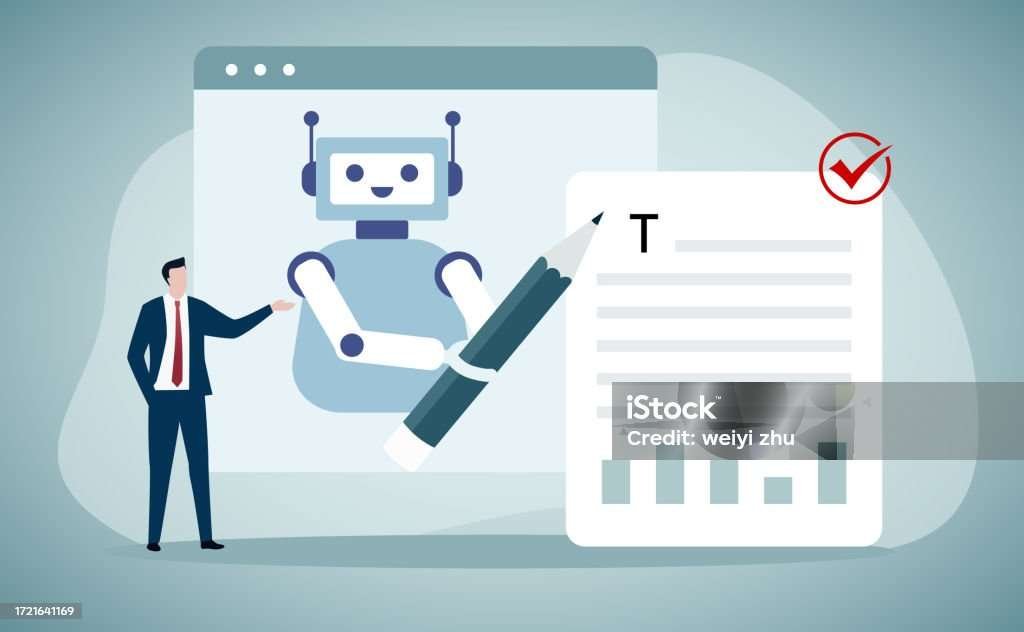1. Ideation and Validation
Identify the Problem
Define a specific problem or need in the market that your SaaS product will address. Conduct thorough market research to understand your target audience and competition.
Validate the Idea
Gather feedback from potential users or stakeholders to validate demand and refine your concept. Ensure there’s a market need for your proposed solution.
2. Planning and Conceptualization
Define Core Features
Create a list of essential features your SaaS product should have to effectively solve the identified problem. Develop a product roadmap outlining development stages and timelines.
Wireframing and Prototyping
Visualize the product’s layout, navigation, and functionality through wireframes and prototypes. Design an intuitive user interface that aligns with the brand.
3. Technical Development
Select Technology Stack
Choose suitable technologies, frameworks, and programming languages for scalability, security, and efficiency.
Develop MVP
Start by building a Minimum Viable Product (MVP) containing core features. This version helps test the concept and gather valuable user feedback.
Backend and Frontend Development
Develop the backend infrastructure (servers, databases, APIs) and frontend interfaces based on specifications and designs.
4. Security and Compliance
Implement Robust Security Measures
Ensure strong security protocols to protect user data and comply with relevant data protection laws. Set up data backup mechanisms to prevent loss.
5. Testing and Quality Assurance
Conduct Thorough Testing
Perform functional, performance, and security testing to identify and rectify bugs, ensuring a smooth user experience.
6. Deployment
Choose Hosting Platform
Select a reliable cloud hosting provider or infrastructure for deploying your SaaS application.
Beta Testing/Soft Launch
Release the product to a limited audience for beta testing. Gather initial user feedback for further improvements.
7. Launch and Marketing
Develop Marketing Strategy
Prepare a marketing plan to create awareness and attract users for the official launch. Utilize various marketing channels for customer acquisition.
8. Support and Maintenance
Provide Customer Support
Offer efficient customer support to address user inquiries, issues, and feedback promptly.
Continuous Updates and Improvement
Continuously update and improve the product based on user feedback and technological advancements.
9. Scaling and Growth
Iterate and Enhance
Collect user feedback and iterate on the product to enhance features and functionalities continually.
Plan for Scalability
Prepare for scaling the product infrastructure and resources as the user base and demands grow.




